Depalletizers are essential machines that automate the process of unloading products from pallets, streamlining the manufacturing process. Depalletizers help workers unload goods more quickly and efficiently than could be done manually. These machines can be fully automatic or semi-automatic, depending on the level of automation required in a particular manufacturing process. Robotic depalletizers are also available for industries that require more precise and delicate handling of products. Read More…
Moller North America is committed to customer satisfaction. Our line of products ranges from bagging, conveying, palletizing, to stretch-hooding, stretchwrapping and shrinkwrapping a variety of products. Contact us today to for all of your packing, palletizing, and protection needs.
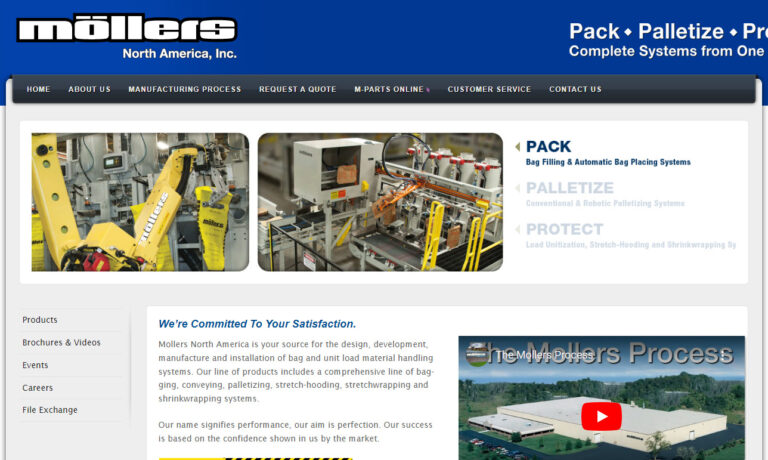
It is our goal at American-Newlong to create innovated bag packing and palletizing solutions. Our systems are ideal for industries including seed, feed, salt, minerals, aggregate products, pet food, chemicals and more.
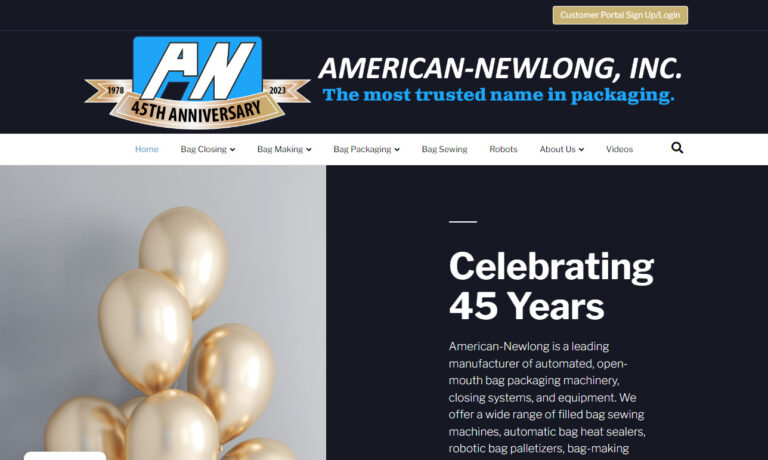
AMT specializes in robotic integrated end of line packaging systems and machines. We excel at the design and manufacture of turnkey case packing and palletizing systems. Our engineering team is ready to work with your automation team or AS your automation team. We recognize and appreciate the trust you put in us as your integrator and proudly stake our reputation on every system we build.
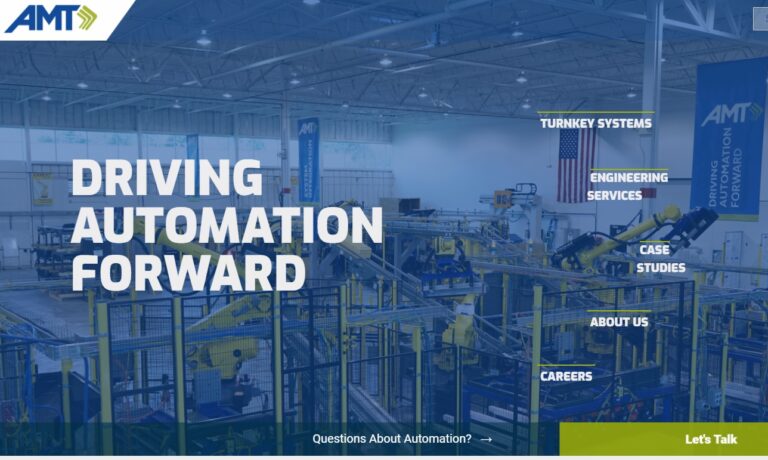
Chantland-MHS material handling equipment improves customers’ efficiency, productivity & competitive position worldwide. Put experience since 1943 to work for you; choose from a line of bag fillers, conveyors, palletizers & complete systems.
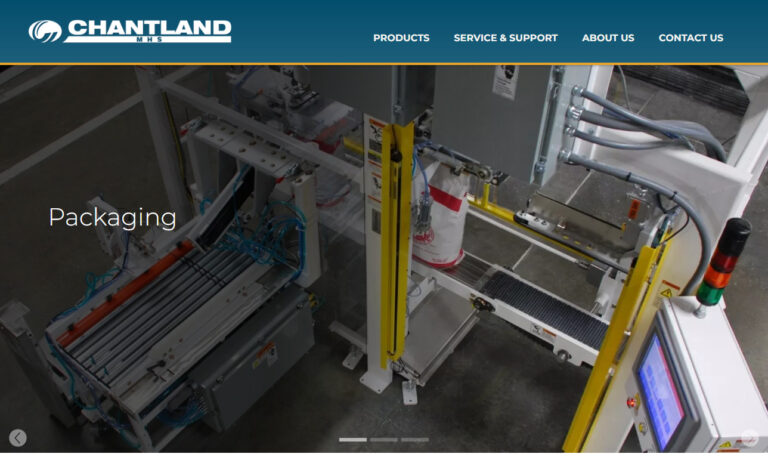
DePeuter Packaging Solutions (DPPS) is a provider of end of line packaging equipment, including palletizers, depalletizers, single cell robotics, case packaging machines, conveyor systems, and totally integrated factory automation systems. From small single cell projects to complete turnkey systems, our team of experienced engineers and technicians will be available to assist with any application.
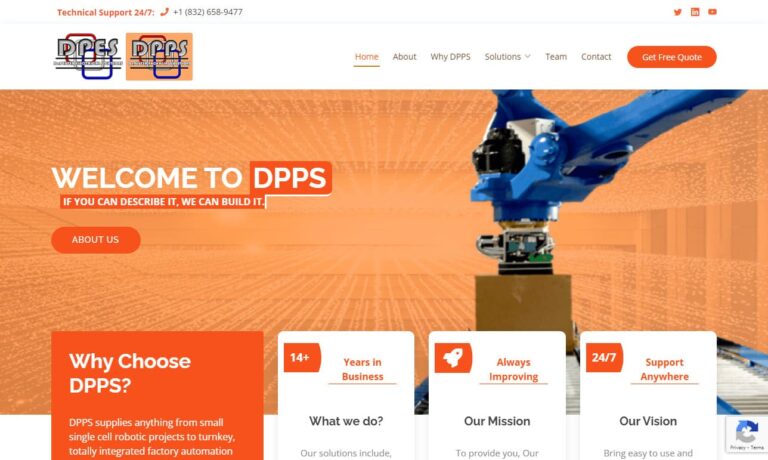
More Depalletizer Manufacturers
Components of Depalletizers
Depalletizers consist of various components that work together to unload and handle products from pallets. The following are some of the key components found in all types of depalletizers:
Pallet In-Feed Conveyor
The pallet in-feed conveyor is the first component of the depalletizer, and it is responsible for transporting the pallets to the depalletizing station. The conveyor is usually equipped with sensors and guides to ensure proper alignment and positioning of the pallets.
Depalletizing Head
The depalletizing head is the heart of the depalletizer and is responsible for removing the products from the pallets. The depalletizing head can come in various types, such as vacuum grippers or clamp-style grippers, depending on the type of product being handled. The depalletizing head is usually mounted on a robotic arm, allowing it to move in multiple directions and handle various types of products.
Product Out-Feed Conveyor
The product out-feed conveyor is responsible for transporting the products away from the depalletizing station to the next stage of the production process. The conveyor is usually equipped with sensors and guides to ensure proper alignment and positioning of the products.
Control Panel
The control panel is the interface between the operator and the depalletizer. It allows the operator to set various parameters such as speed, product type, and pallet size. The control panel also displays relevant information such as production rates, error messages, and maintenance schedules.
Safety Features
Depalletizers are equipped with various safety features to prevent accidents and injuries. These features include sensors and alarms that detect obstructions or anomalies, emergency stop buttons, and safety cages or barriers that prevent access to the depalletizing station during operation.
Types of Depalletizers
Different types of depalletizers are available, and each type has special components that cater to specific industries' needs. Here are some of the most common types of depalletizers:
Robotic Depalletizers
Robotic depalletizers use robotic arms to remove products from pallets. These depalletizers are highly versatile and can handle a wide range of products, from boxes to bags and even odd-shaped items. Robotic depalletizers are ideal for applications where multiple product types need to be handled, or where frequent changeovers are required.
Vacuum Depalletizers
Vacuum depalletizers use suction cups or vacuum grippers to lift products from pallets. These depalletizers are commonly used for handling products such as bottles, cans, and cartons. Vacuum depalletizers are ideal for applications where high-speed handling is required, as they can lift multiple products at once.
Clamp-Style Depalletizers
Clamp-style depalletizers use mechanical clamps to grip and lift products from pallets. These depalletizers are commonly used for handling products such as cases, trays, and bags. Clamp-style depalletizers are ideal for applications where products are fragile or cannot be lifted by vacuum suction.
Layer Depalletizers
Layer depalletizers are designed to remove entire layers of products from pallets at once. These depalletizers are commonly used for handling products such as bottles, cans, and cartons. Layer depalletizers are ideal for applications where high-speed handling is required, as they can remove an entire layer of products in one motion.
Sweeper Depalletizers
Sweeper depalletizers use a sweeper arm to push products off the pallet onto a conveyor. These depalletizers are commonly used for handling products such as bags, sacks, and boxes. Sweeper depalletizers are ideal for applications where products are heavy or bulky and cannot be lifted by vacuum suction or mechanical clamps.
Hybrid Depalletizers
Hybrid depalletizers combine multiple depalletizing methods to handle a wide range of products. These depalletizers are highly versatile and can handle products such as bags, boxes, cartons, and bottles. Hybrid depalletizers are ideal for applications where multiple product types need to be handled, or where frequent changeovers are required.
Benefits of Depalletizers
Depalletizers have several benefits, such as improving efficiency, reducing labor costs, and reducing the risk of injuries to workers. With the help of depalletizers, manufacturers can unload products quickly and efficiently, saving time and reducing production costs. Additionally, depalletizers have helped to improve product quality and consistency, as they are designed to handle products delicately and carefully, minimizing damage and breakage.
Considerations Regarding Depalletizers
Despite their numerous benefits, depalletizers also have limitations that manufacturers must consider. The cost of acquiring and maintaining a depalletizer is high, and they require substantial space to operate. Additionally, depalletizers may require specialized training for operators to ensure their safe use, and they may pose potential safety risks.
Applications of Depalletizers
Depalletizers are used in various industries to streamline the manufacturing process and reduce labor costs. The following are some of the industries where depalletizers are commonly used:
Food and Beverage Industry
In the food and beverage industry, depalletizers are used to unload and handle different types of containers, such as cans, bottles, and cartons. They are designed to be gentle with the products, minimizing the risk of damage or breakage. Depalletizers can also sort and orient containers for further processing, such as labeling, filling, or packaging.
Pharmaceutical Industry
Depalletizers are used in the pharmaceutical industry to handle a wide range of products, such as vials, syringes, and bottles. The depalletizers used in this industry are required to be highly hygienic and cleanable to avoid contamination risks. Additionally, depalletizers are often integrated with other equipment, such as filling machines, capping machines, and labeling machines, to provide a fully automated process.
Automotive Industry
Depalletizers are used in the automotive industry to handle components such as engines, transmissions, and axles. They are designed to handle heavy loads and operate in a high-speed environment, providing quick and efficient unloading of products. Depalletizers in this industry are also equipped with specialized features, such as vacuum grippers, to handle irregularly shaped or fragile products.
Choosing the Right Depalletizer Manufacturer
To ensure you have the most beneficial outcome when purchasing a depalletizer from a depalletizer manufacturer, it is important to compare several companies using our directory of depalletizer manufacturers. Each depalletizer manufacturer has a business profile page highlighting their areas of experience and capabilities, along with a contact form to directly communicate with the manufacturer for more information or request a quote. Review each depalletizer business website using our patented website previewer to quickly learn what each company specializes in. Then, use our simple RFQ form to contact multiple depalletizer companies with the same form.





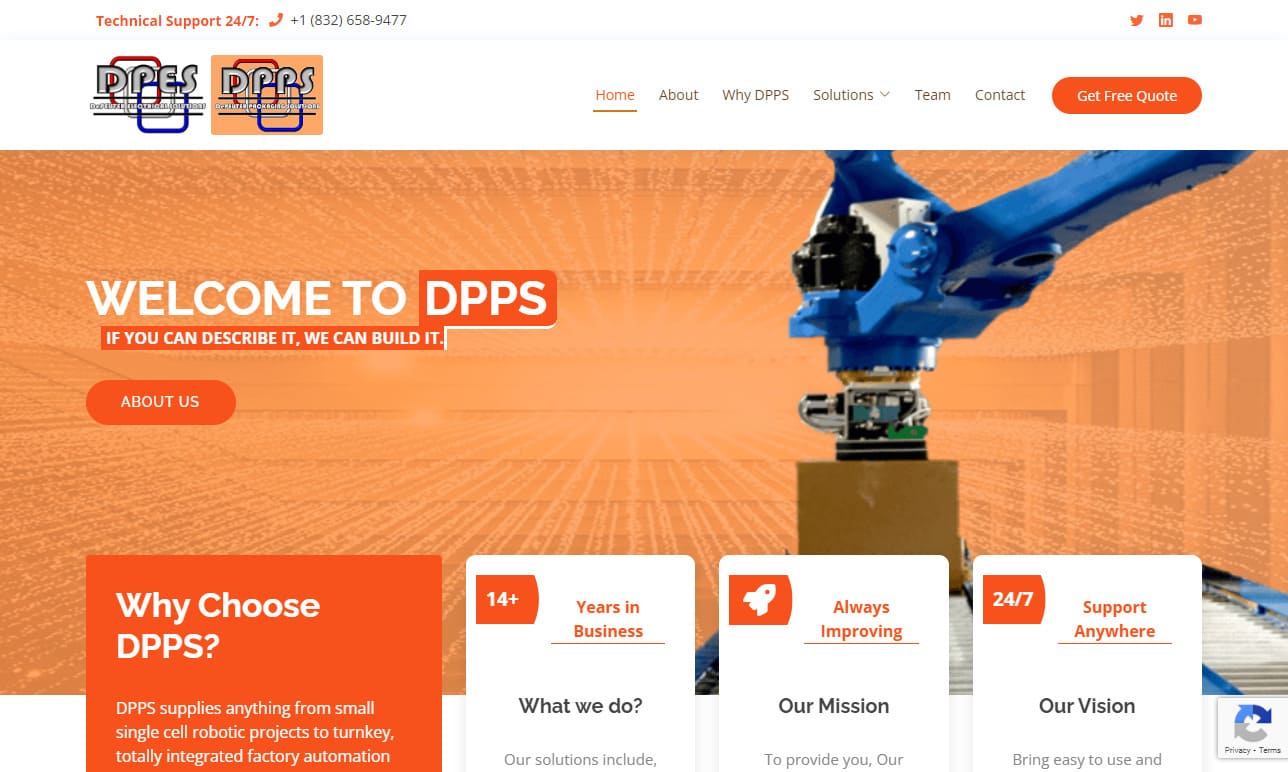
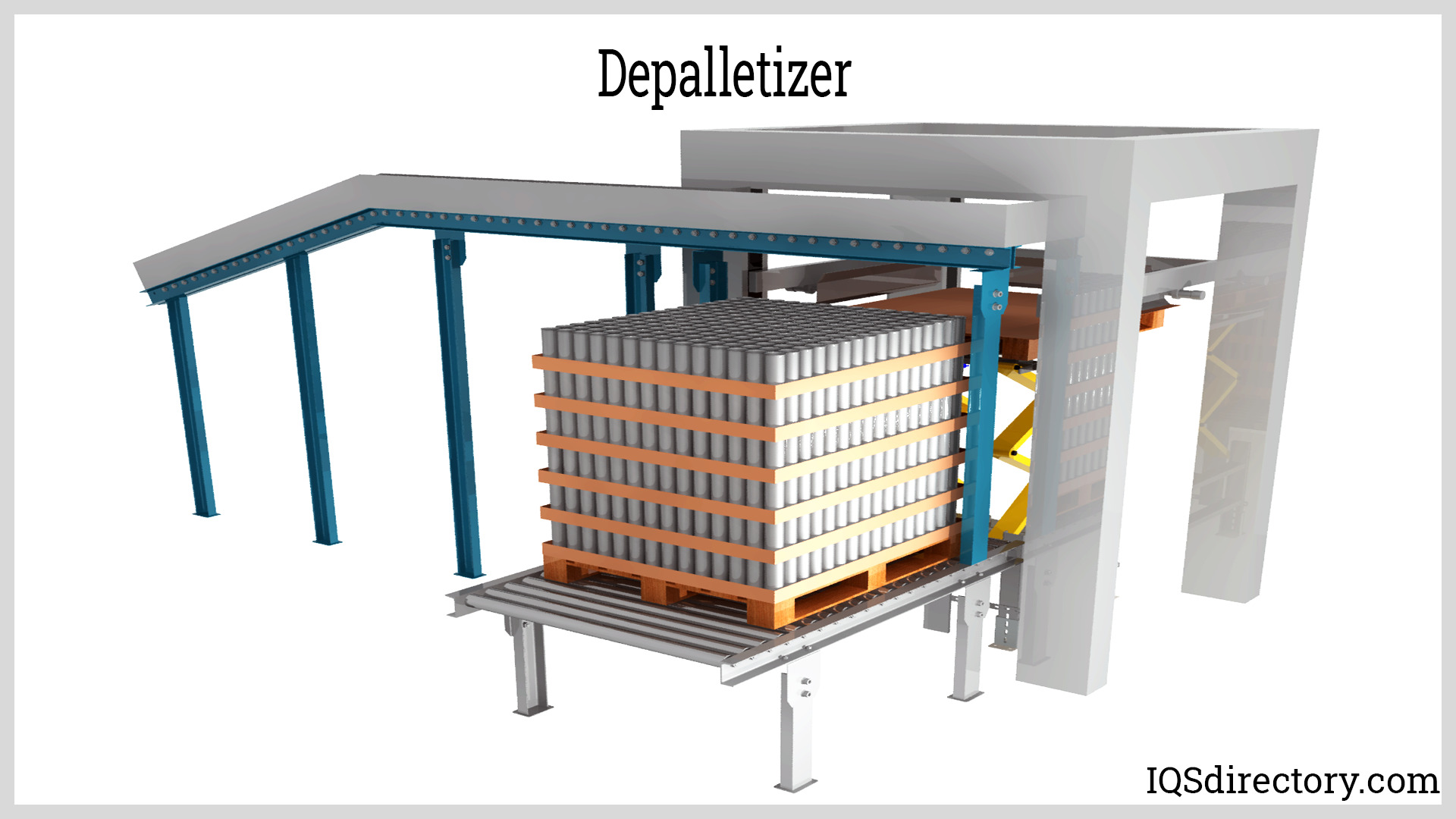
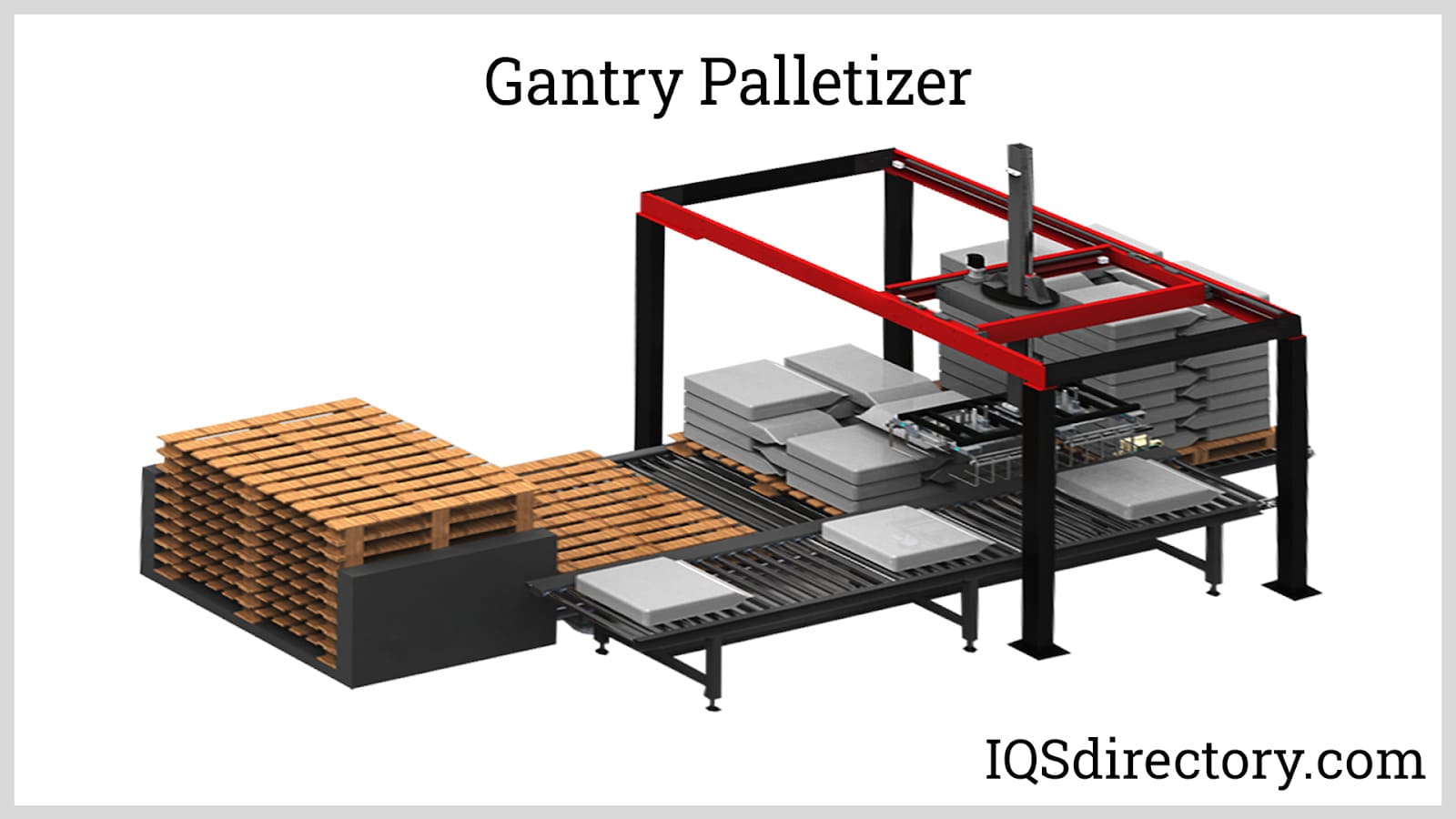
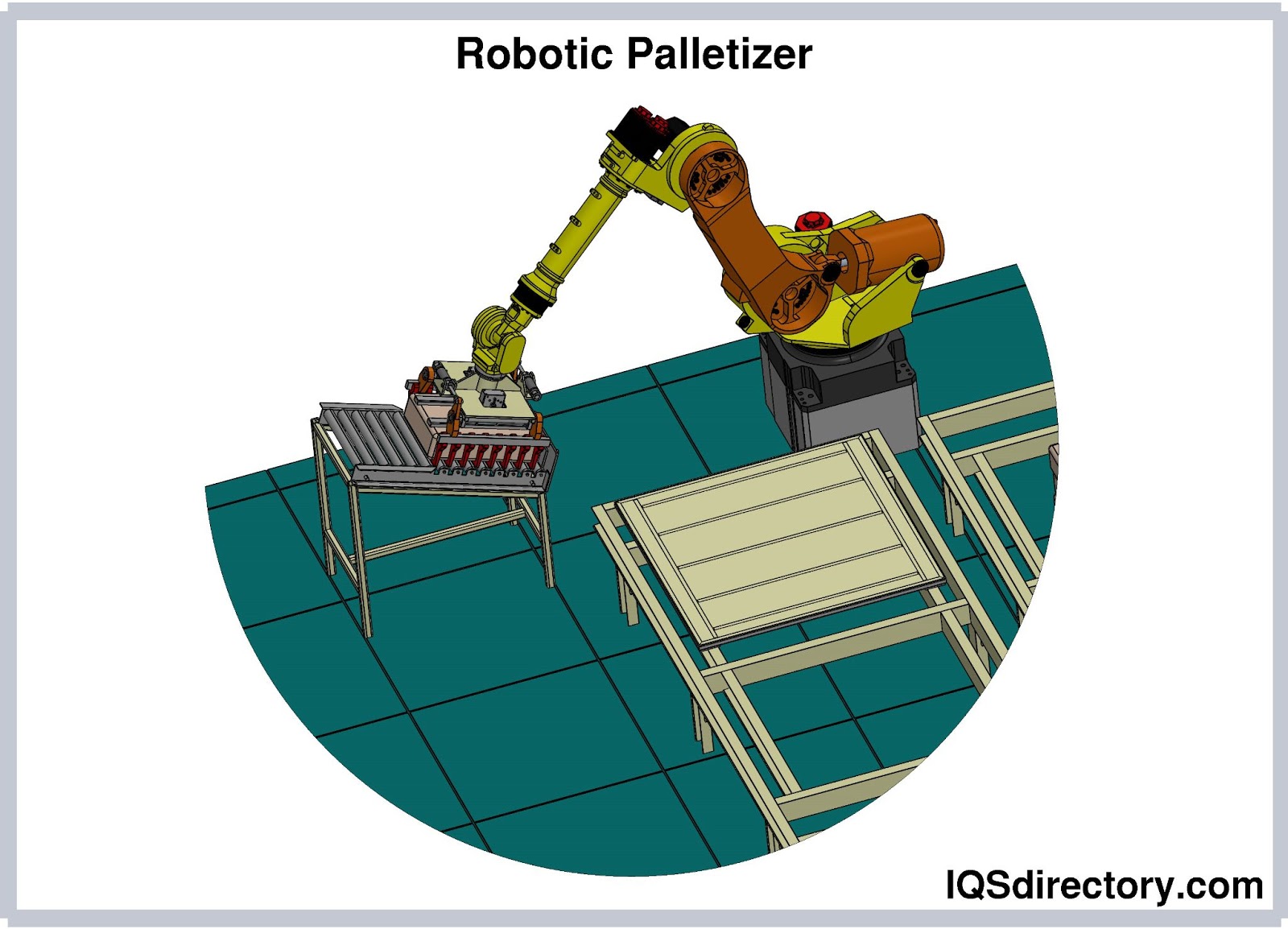
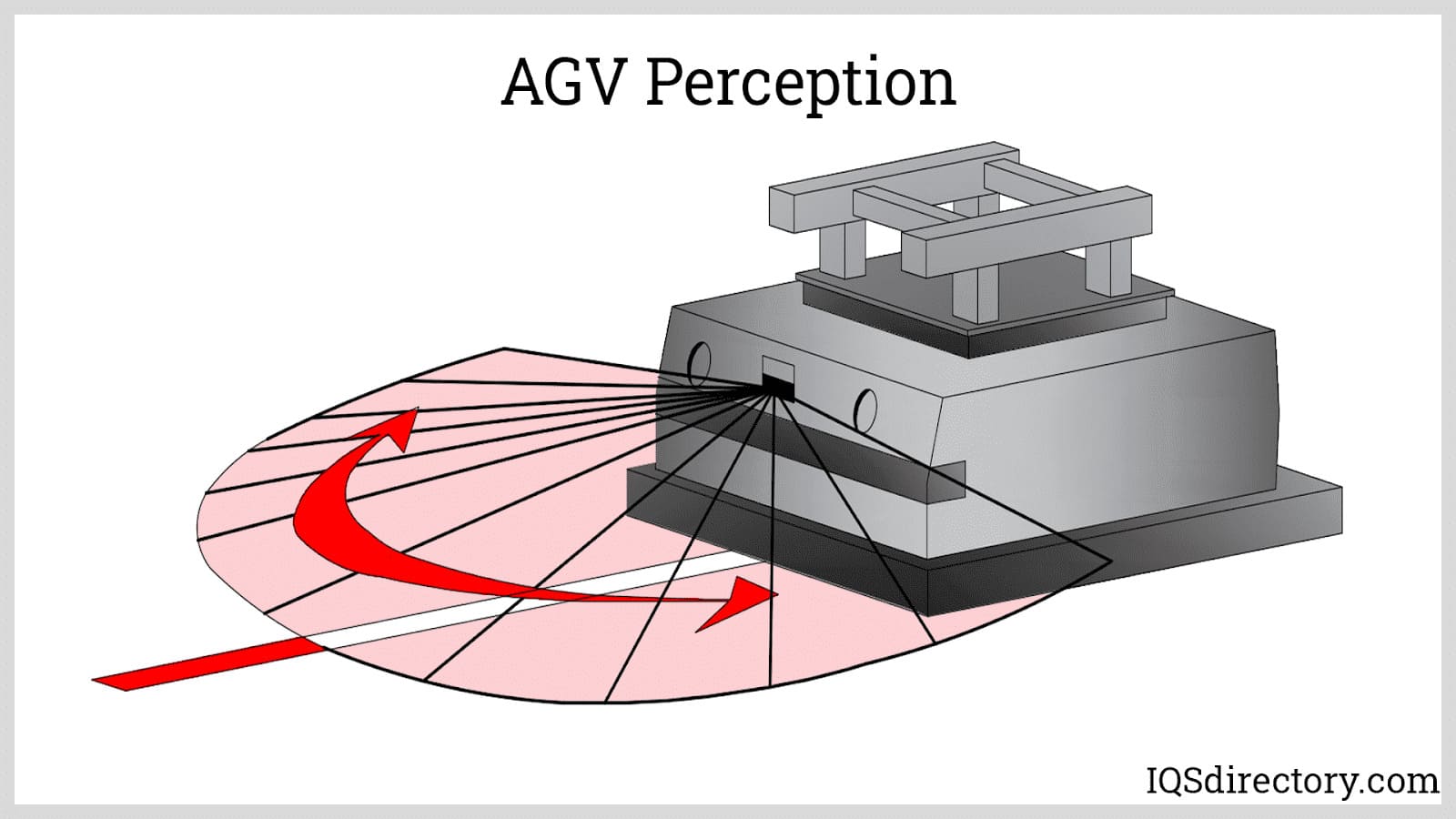
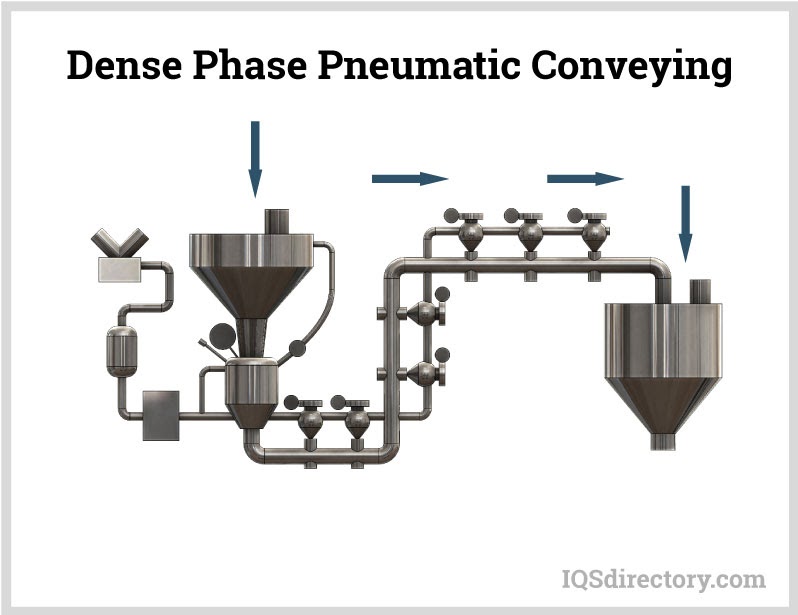
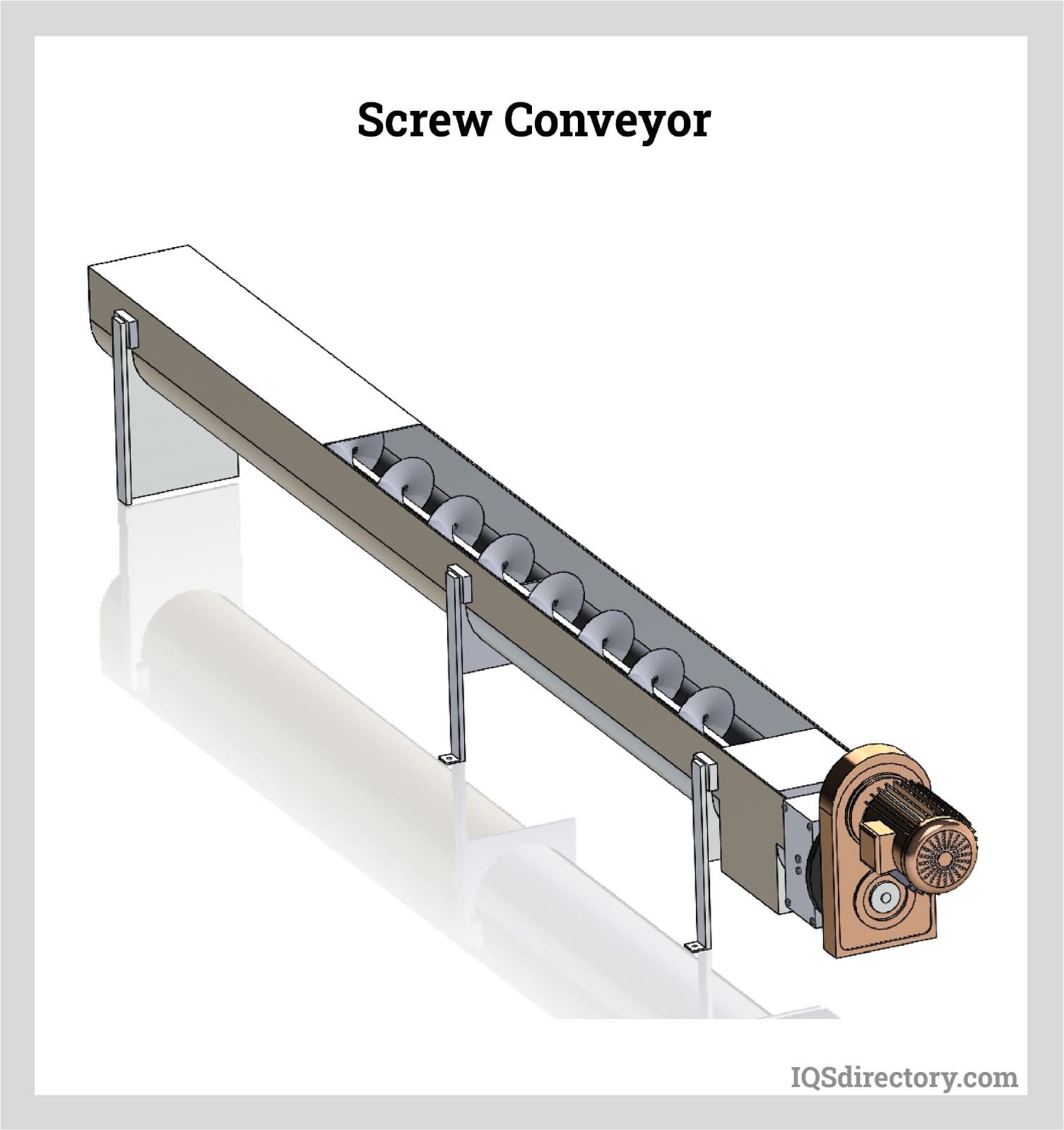
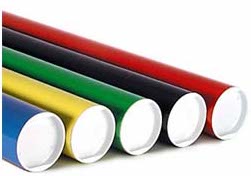 Cardboard Tubes
Cardboard Tubes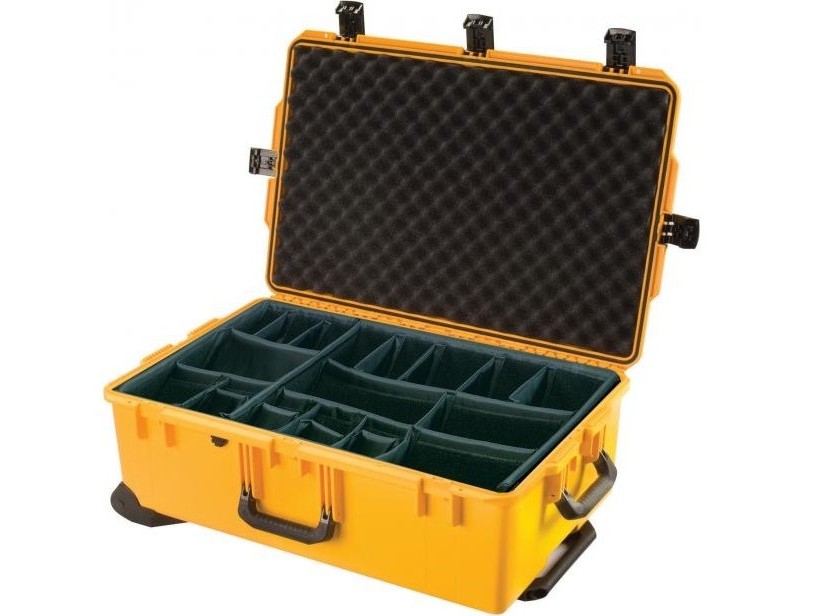 Carrying Cases
Carrying Cases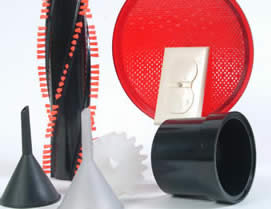 Contract Packaging
Contract Packaging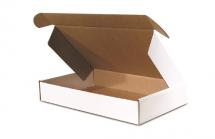 Corrugated Boxes
Corrugated Boxes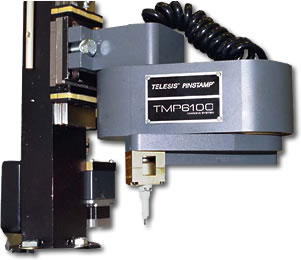 Dot Peening Machines
Dot Peening Machines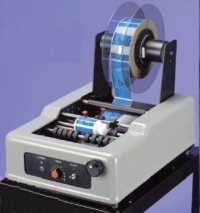 Labeling Machinery
Labeling Machinery Marking Machinery
Marking Machinery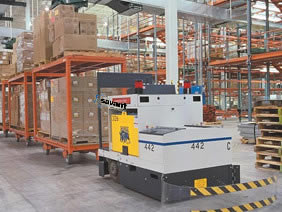 Packaging Equipment
Packaging Equipment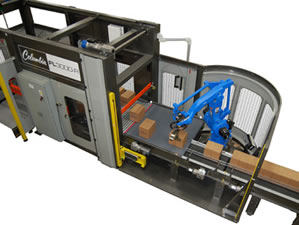 Palletizers
Palletizers Plastic Bags
Plastic Bags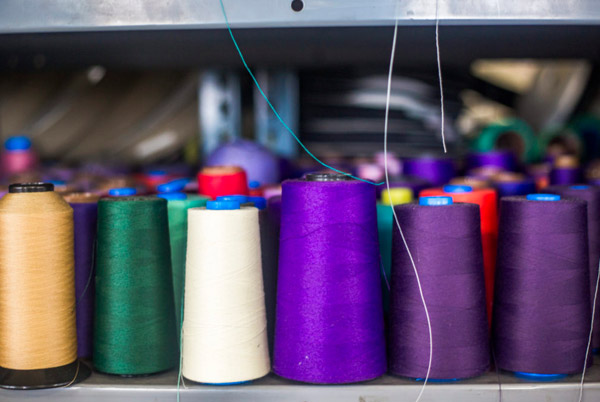 Sewing Contractors
Sewing Contractors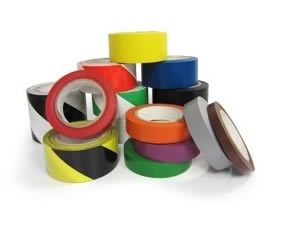 Tape Suppliers
Tape Suppliers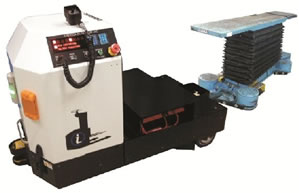 AGV
AGV Air Pollution Control
Air Pollution Control Assembly Machinery
Assembly Machinery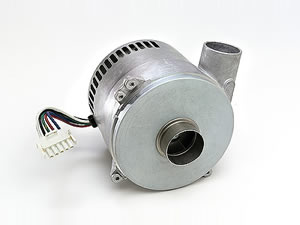 Blowers
Blowers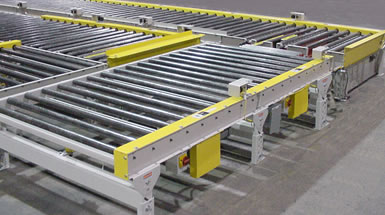 Conveyors
Conveyors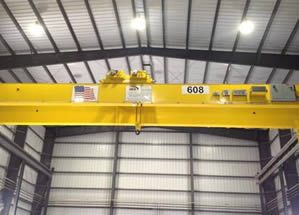 Cranes
Cranes Deburring Machinery
Deburring Machinery Dust Collectors
Dust Collectors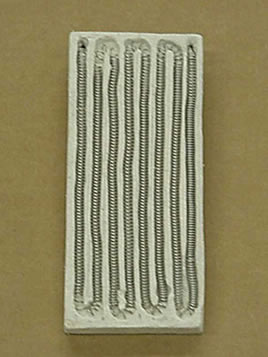 Heaters
Heaters Hose Reels
Hose Reels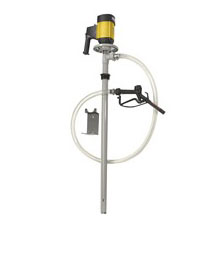 Lubricators
Lubricators Mezzanines
Mezzanines Modular Buildings
Modular Buildings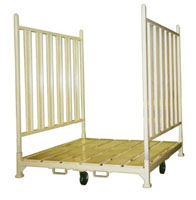 Storage Racks
Storage Racks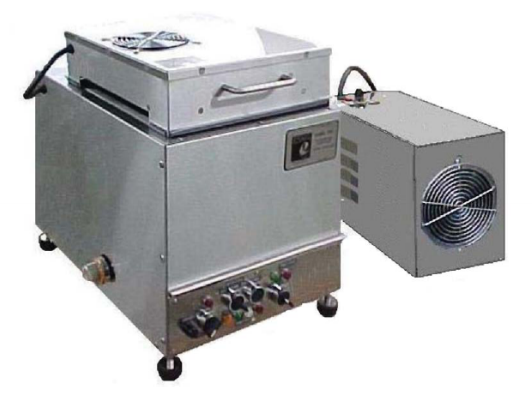 Ultrasonic Cleaners
Ultrasonic Cleaners Work Benches
Work Benches